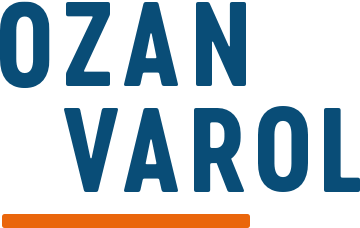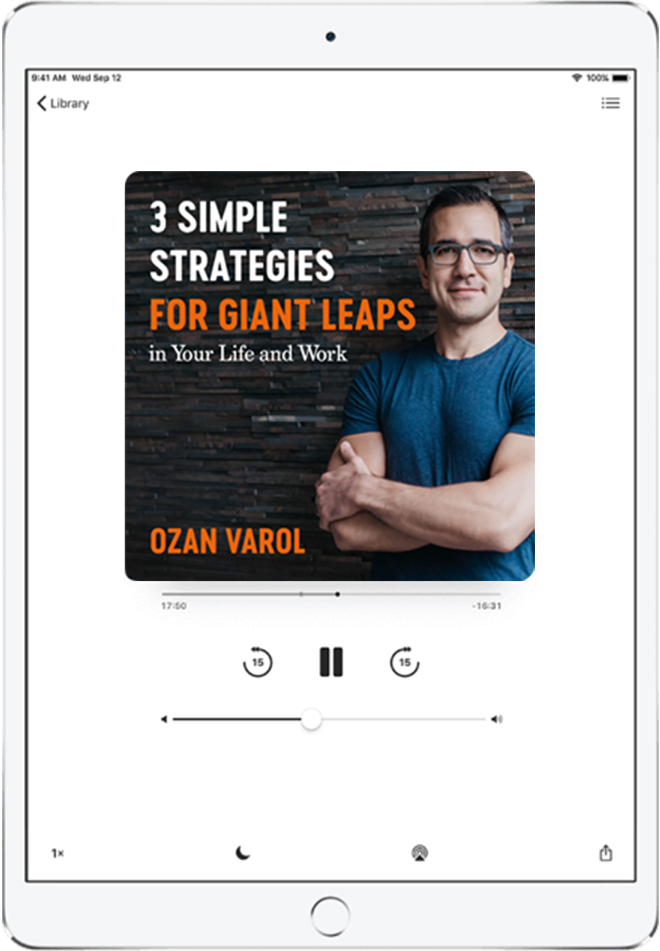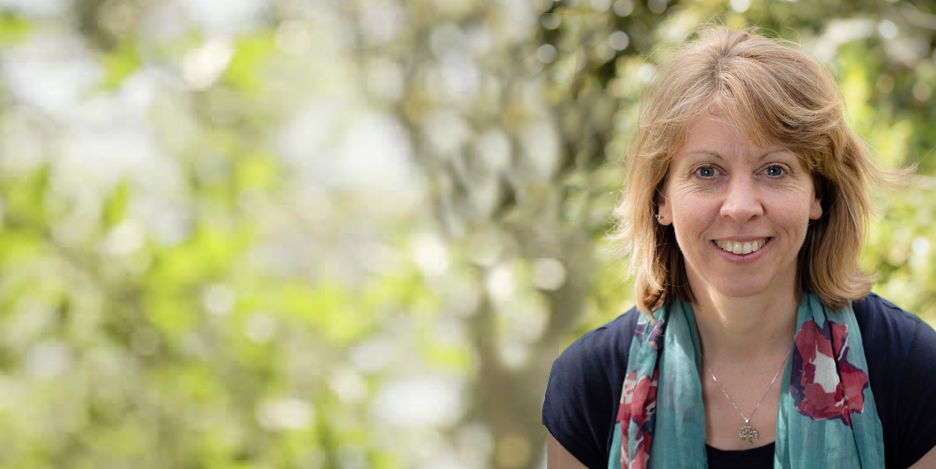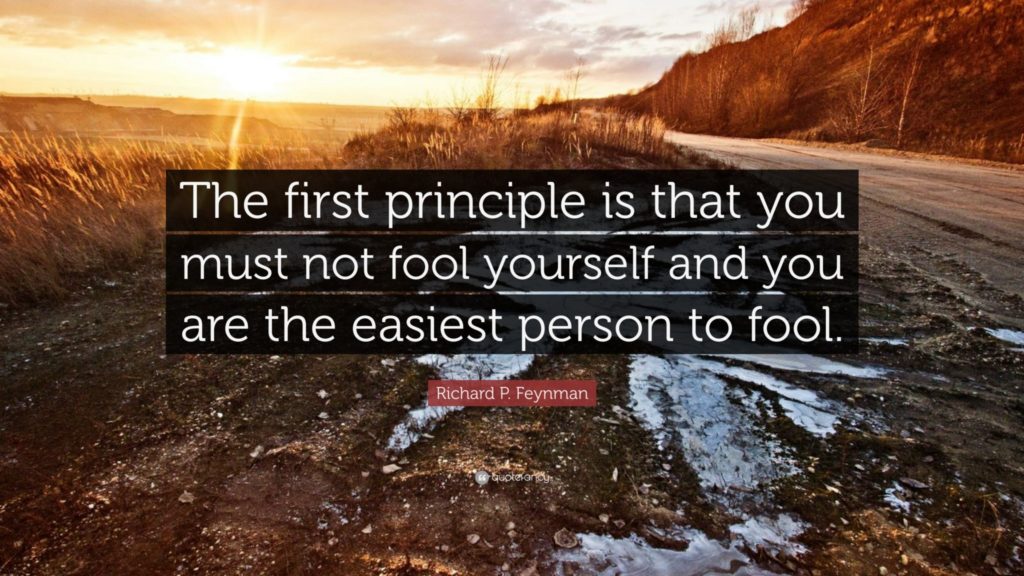You’re a science professor. A colleague asks you to arbitrate a dispute with a student over a question on a physics exam. Your colleague thinks the student deserves a zero, but the student demands full credit.
Here’s the question: “Show how it is possible to determine the height of a tall building with the aid of a barometer.”
The traditional answer is clear: You take pressure measurements with the barometer at the top and at the bottom of the building, then use the difference to compute the height.
But this wasn’t the answer the student gave.
Instead, the student wrote: “Take the barometer to the top of the building, attach a long rope to it, lower the barometer to the street, and then bring it up, measuring the length of the rope. The length of the rope is the height of the building.”
Do you think the student should get full credit?
The answer is undoubtedly correct. But it’s a deviation from the norm. It’s not what the teacher had taught in class—the expected path to the expected outcome. A barometer is supposed to measure pressure, not serve as a makeshift weight for a rope.
This story is from a short essay titled Angels on a Pin, authored by science professor Alexander Calandra, who was a fan of unorthodox teaching methods. He penned the essay shortly after Sputnik’s launch to criticize the traditional teaching methods used in US science classes. He chided what he called the “Sputnik-panicked administrators” for giving students “repetitious hodgepodge.”
Not much has changed since Sputnik.
Our education system is still an assembly line of sorts. Students are mechanically moved from one grade to the next, where they are fed the appropriate formulas, molded into the appropriate shapes, and taught the appropriate uses for a barometer along the way. There’s one curriculum, one right way to study science, and one preapproved, prepackaged method that spits out the right answer on a standardized test.
Here’s the thing: In real life, right answers are cheap. Anyone can Google “how to use a barometer to determine height” and find the expected answer.
Innovation lost much of its meaning once it became a buzzword. People claim to be innovative when they’re simply following a well-beaten path. But someone who’s being innovative—someone who’s reimagining the status quo—by definition shows up with an answer that may not work.
Here, I made this. Here, I thought of this. Here, I wrote this. It may not work, but I’m willing to try.
The student in the barometer story was willing to try—one more time. His teacher gave him another chance to tackle the problem. But instead of toeing the line, he came up with additional nonconformist ideas.
He wrote that you can drop the barometer from the roof of the building, time its fall with a stopwatch, and use the time to calculate the height. Alternatively, if you don’t mind walking up the stairs, you can “mark off the length of the barometer along the wall” and “then count the number of marks.”
But here’s my favorite: You could take the barometer to “the basement and knock on the superintendent’s door.” When the superintendent answers, you can say: “Mr. Superintendent, here I have a fine barometer. If you will tell me the height of this building, I will give you this barometer.’”
In the end, we have a choice.
We can continue to be risk-averse gatekeepers who teach to the test and pat the backs of the employees who blindly follow the process.
Or we can rethink our approach to leadership and reward creativity, instead of simply paying lip service to it.
Because when the barometer breaks—and the real world has a way of breaking your barometers at the worst possible time—the student who sees barometers only as pressure-measuring tools will come up empty-handed.
But the student who can zoom out and use the barometer in unorthodox ways will still get you the height of that building.



